
E-bike manufacturers nearly did a front flip last summer when DJI, a company known for drones and action cameras, released the Amflow PL. This new-to-the-market MTB came with DJI’s Avinox Drive System, a potent drive unit.
The Avinox Drive System delivers some serious power to the Amflow. Claiming 105Nm of torque and 850W of peak power from an 800Wh battery is just the beginning for the Amflow. A “Rocket” button furthers things, producing 120Nm of torque and 1000W of power to the rider for 30 seconds. But what does that mean?
Furthermore, based on the numbers, the Amflow can’t be sold in the United States. But why not? Understanding key eMTB motor and battery specs allows us to not only compare bikes and get a sense of their performance, but this also helps us understand why certain e-bikes can be sold in some countries but not in others.

Watts, Watt Hours, and Newton Meters: What it all means
If you are like me, you may have been lured in by big numbers when it comes to e-bikes. I may not know what “600Wh” means, especially the “Wh” part, but it sure looks better than “400Wh” — 200Wh better, for that matter.
But understanding it all can be difficult, especially for someone like me who steered far away from math, science, and engineering in school. Fortunately, I was able to talk with someone with a better understanding. Lyle Vallie has been with Rocky Mountain for twelve years as the brand’s R&D Coordinator.
“So, it’s a little complicated, and just like in other parts of an e-bike, you’re not always going to be [comparing] apples to apples on every spec,” he said.
Fortunately, Vallie was kind enough to explain things to me.
Wh refers to “Watt–hours” and measures the battery capacity. This indicates how much electrical energy a battery can hold and deliver to the e-bike’s drive unit. In the case of the Altitude Powerplay, the bike comes with a 720Wh battery.
Higher Wh’s mean increased energy storage, resulting in the potential for riding further distances and gaining more vert. But why “Watt-hours?” This is connected to the amount of effort output by the motor. Ideally, if the motor outputs a consistent 100 Watts, that Amflow should last a little over seven hours — hence, “Watt-hours.” However, we know this output fluctuates greatly, and energy stored and delivered will vary based on rider weight and terrain factors.
W refers to “Watts.” This is the rate at which the motor is outputting energy, also known as power (power equals energy over time). The average person can produce, without assistance, around 75–100 watts while pedaling. Thinking back to the Altitude Powerplay, its 700W power output means the Dyname motor is amplifying pedal input nearly 10x.
Nm of torque refers to “Newton–meters.” Here, we need to think of rotational force, which is measured in Newton-meters. Higher levels of torque, or rotational force, allow an e-bike to accelerate quickly. This can be especially helpful while climbing steep hills. The RM Altitude Powerplay delivers up to 108Nm of torque.
Vallie explained that since electric motors are good at low revolutions per minute (RPM), you can feel an e-bike’s torque when you start from a standstill, especially if the bike is in a higher mode (like turbo). As the RPMs increase, the initial torque kick may not be as noticeable, but it will still be there. “If you [apply torque] over and over and over again, then it becomes power,” Vallie explained.

How to use these numbers when buying an eMTB
Modern e-bikes are primarily separated into two categories — full-powered and mid-power. A lot of brands are using “SL” to designate eMTBs that are “super light”, though referring to their power output as “light” doesn’t do them justice. For example, Rocky Mountain’s Instinct Powerplay SL has a 480Wh battery, with the drive unit putting out 550W of peak power and 65Nm of torque — at a weight that’s nearly ten pounds less than the full-power Altitude Powerplay.
Do you need more watts? Will you need more torque? This depends on what you hope your e-bike experience will be. If you are looking for a more natural-feeling ride where you still need to work a bit, consider an SL. However, if you don’t mind obvious assistance to get in as many laps as possible, consider the full-powered options.
We all want more battery life, but this, too, is a place to consider options. If you’re planning big ride days, where you’ll be gone for hours, you might need to lean toward a full-power e-bike. As a dad of two who usually can’t be away for more than a few hours, a 480Wh battery is generally sufficient for me. Keep in mind that most drive unit manufacturers offer range extenders for the days when you do want to go long.
E-bike restrictions as they relate to other countries
The summer of 2024 was a summer of e-bikes and trails here in the States. Singletracks covered multiple stories of trail systems, typically managed by the U.S. Forest Service, that were either considering or outright allowing class 1 e-bikes. I, alone, covered e-bike access opening near Truckee, CA, Tahoe, CA, Park City, UT, and Bend, OR.
Every time we cover trails opening to e-bikes, I inevitably see comments on our social media or the article itself saying something like this: “[E-bikes] are allowed on all trails in Squamish and the rest of the sea to sky corridor, with the exception of Lord of the Squirrels. What’s the big deal.” This is actually a quote from a commenter on a Singletracks Instagram post from last July.
Again and again, I see people from Canada, Europe, Australia, and elsewhere commenting that e-bikes are allowed on their trails with no issue. This would lead me, and I believe others as well, to assume that e-bike regulations are more restrictive in the U.S. compared to other countries.
While that might be true regarding land and trail restrictions, I was surprised to see that countries like Canada are more restrictive regarding the bike itself. While the U.S. limits e-bike power output to 750W, Canada’s restrictions cap it at 500W.
Other countries are even more restrictive, limiting e-bike power output to 250W.
But how? Canadian e-bike manufacturers, like Rocky Mountain, clearly boast e-bikes with more power output than 500W, like their 700W Altitude Powerplay. And surely U.S.-based bike brands aren’t reducing their power outputs to accommodate Canada’s 500W limit or Europe’s 250W limit.
So about those restrictions…
Regarding Watt-hours, Watts, and torque, Vallie explained that all Rocky Mountain e-bikes pass the needed regulations to be sold globally despite the Altitude Powerplay exceeding Canada’s 500W power output limit.
“I don’t think we’re doing anything shady,” he joked.
And they aren’t. While Vallie wasn’t super familiar with all of the legislation, he was very familiar with the independent testing process for Rocky Mountain’s Dyname 4.0 drive system.
When drive units are tested and rated, tags and phrases associated with power output become very important.
“You can get much higher peak powers out of a motor if you allow it to heat up,” Vallie said. “But in a test lab, if you’re rating the motor, you can run it without it heating up on a continuous load and rate the motor at that.”
High-output motors like the Avinox or Dyname heat up when delivering high wattage levels. These tests want the motor to run continuously without heating up. This means finding a lower output at which the motor can run, which will then be the level at which it is rated.
So, while the Dyname 4.0 on the Altitude Powerplay may have an impressive max power output of 700W, its continuous power output is significantly less. While Vallie didn’t share the exact number, we can assume it is 250W or less since it is sold in European markets.
In Canada, “continuous” is the key phrase. This can clearly be seen in e-bike regulation documents from British Columbia, which read: “…the device must have one or more attached electric motors that have a continuous power output rating that, in total, does not exceed 500 W.”
E-bike legislation in the U.S. makes no distinction between “continuous” and “max power output.” Instead, it simply gives a wattage limit of 750W. This is why e-bikes like the Amflow PL cannot be sold in the States, even though its continuous power output is likely far fewer than 750W.
So while e-bike specs can be helpful for comparing bikes and components, it turns out that in some situations, even the numbers are subjective.














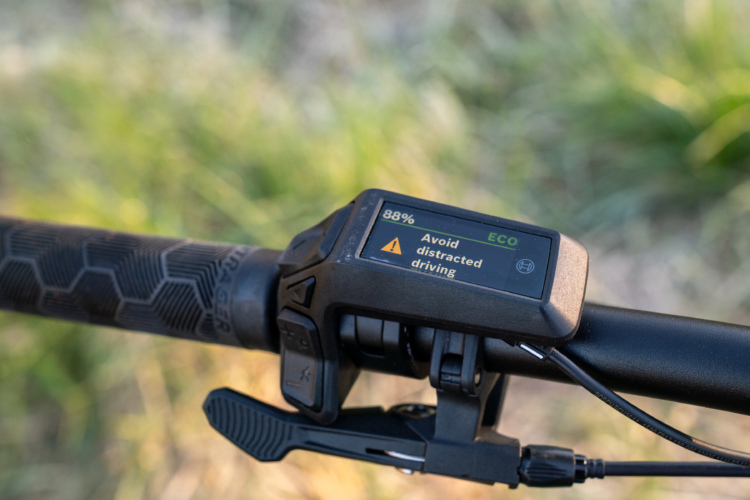
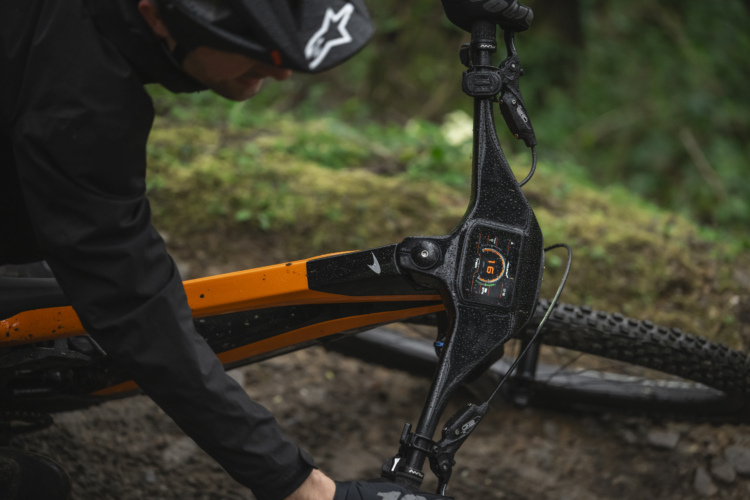
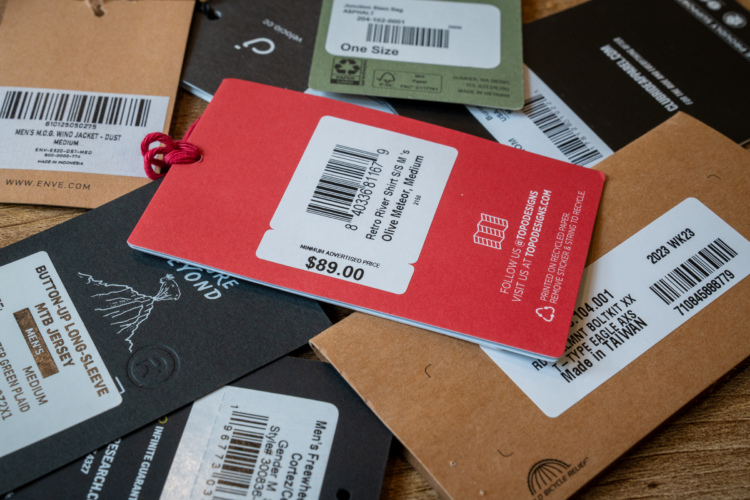
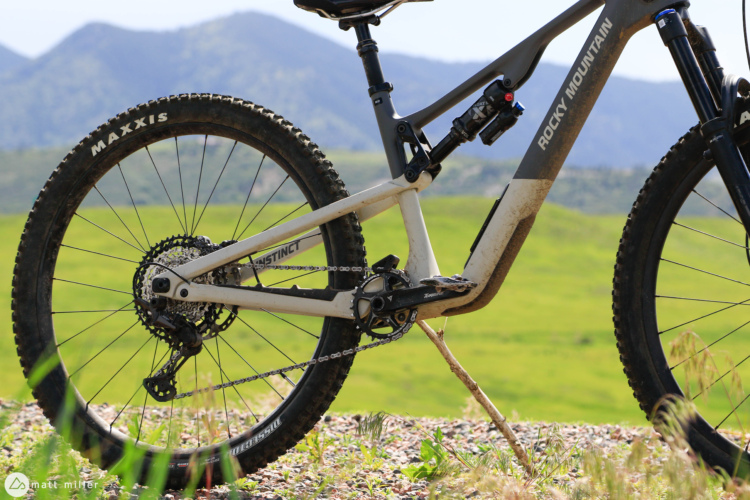
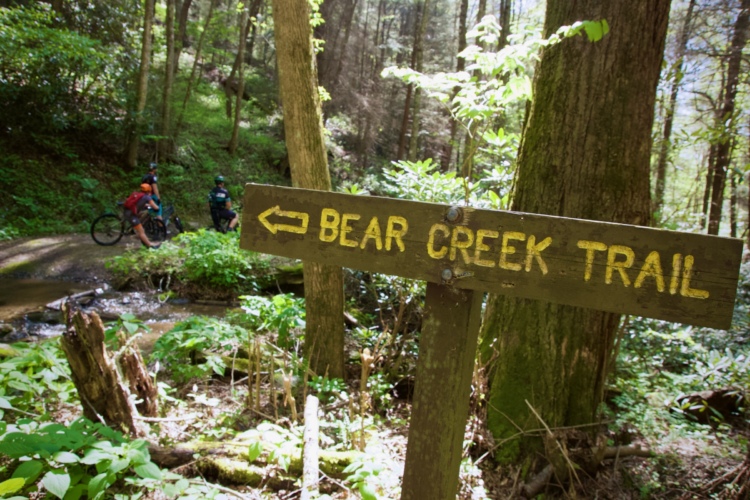


1 Comments
Mar 29, 2025